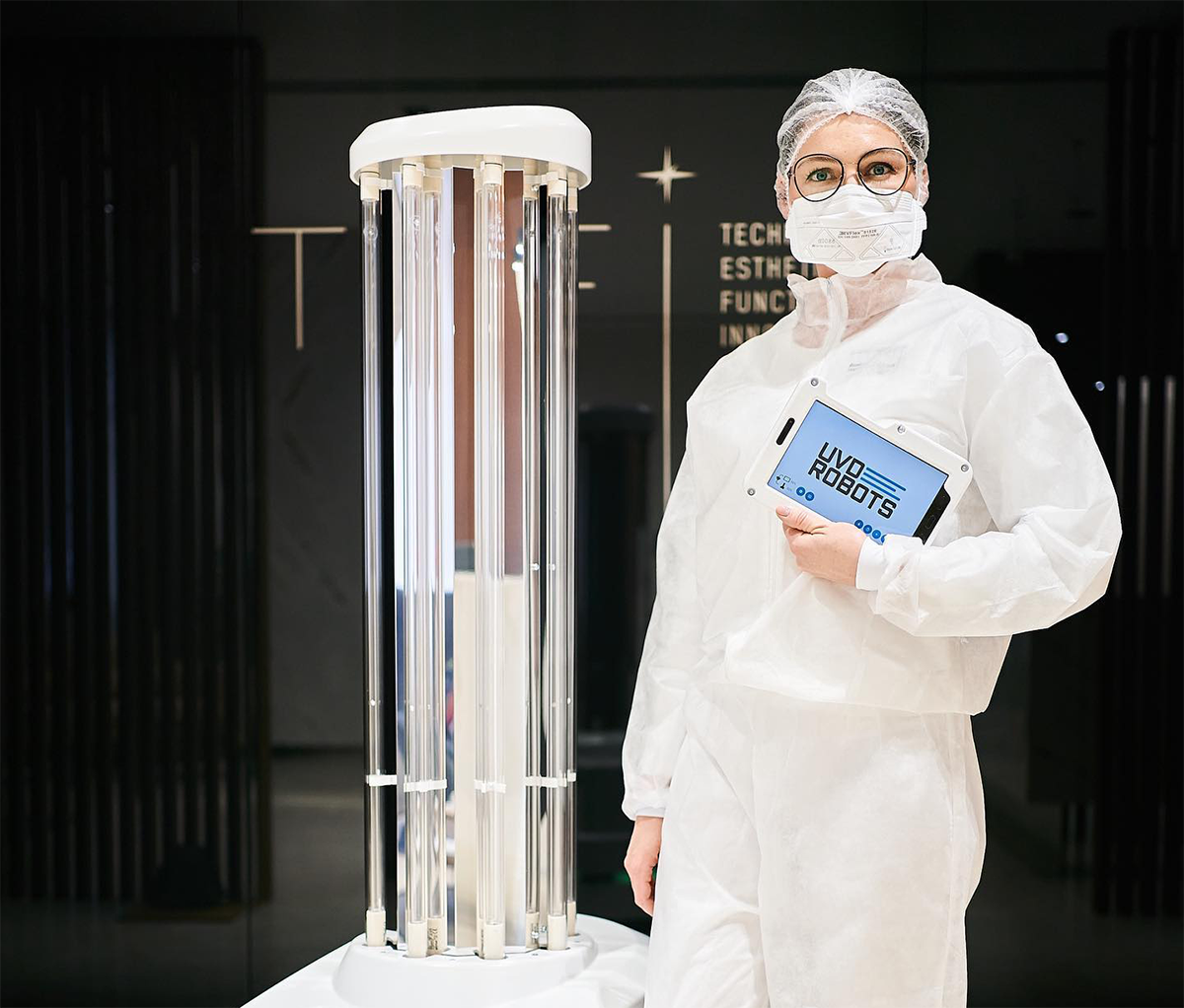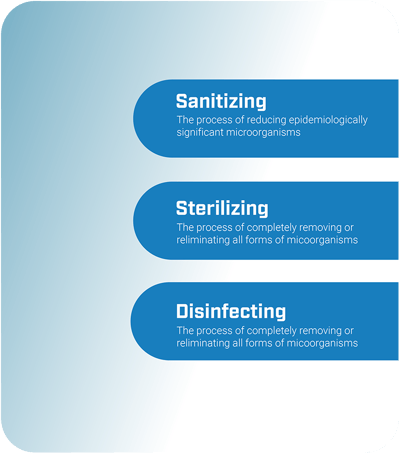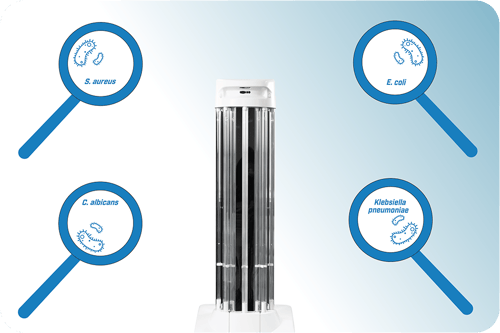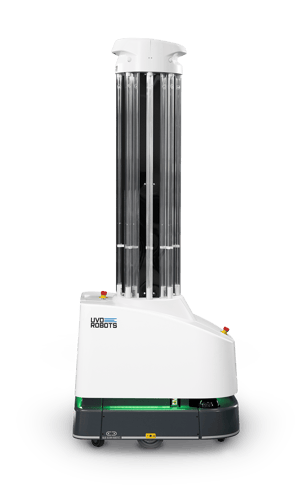Title
Content
Title
Content

Making sense of environmental quality protocols can sometimes be a difficult task. This is especially the case with indoors environments. Here is a closer look at the terminology and technology involved.
Cleaning, sanitizing, disinfecting, and sterilizing: as far as environmental quality procedures go, especially in a colloquial sense, these words are often used interchangeably. But with indoor areas, there can be a world of difference between these terms.
Let’s break down each term with a simple definition first: 
Cleaning is the removal of dirt, microorganisms, dust, and soil from an object using a detergent (often soap) and water.
Sanitizing is the process of reducing microorganisms to levels deemed acceptable by regulatory standards. Sanitizing may involve reducing these microorganisms to levels that comply with governmental, company-wide, or organizational regulations.
Disinfecting is the process of using disinfectants to deactivate microorganisms from objects and surfaces. Disinfectants can take many forms, and one of these is Ultraviolet (UV) light, which is used in a process called Ultraviolet germicidal irradiation, or UVGI.
Finally, sterilizing is the process of completely removing or eliminating all forms of microorganisms from any object, by methods that may be chemical or physical.
UVD Robots are a series of mobile, self-navigating robots that use UVGI for the disinfection in indoor areas. UVD Robots are produced by Blue Ocean Robotics, a Danish company that develops and manufactures mobile robots for the service industry.
Specifically, UVD Robots use 254 nanometer (nm) Ultraviolet C (UV-C) light for disinfection, a form of light that has been associated with at least 3-log reductions in select epidemiologically significant microorganisms, representing an efficacy rate of 99.9%.1
UV-C light has been tested in its ability to inactivate microorganisms commonly found in indoor areas, such as:

UVD Robots, when used in conjunction with manual cleaning methods, can achieve over 3-log to over 6-log reductions of these microorganisms, or reduction rates of 99.9% to 99.9999%.2 As autonomous robots, UVD Robots offer a no-touch option for completing disinfection processes.13
UVD Robots, as mobile robots that use UV-C light, offer elevated levels of microorganism reduction efficacy as part of the process of cleaning, sanitizing, and disinfection.

UVD Robots provide fully automated disinfection solutions with predictable, and cost effective outcomes in various facilities.
Click the button to learn how our UVD Robots are using UV-C light to eliminate more than 99.99% of selected microorganisms in the environment by disinfecting with UV-C light.
9. Andersen, Helle Stendahl. Analysis Report: Test of UV Disinfection Robot acc. NF T72-281. Report Number 754372_Rev. 2. Danish Technological Institute, 2020..
12. Andersen, Helle Stendahl. Analysis Report: Test of UV Disinfection Robot acc. NF T72-281. Report Number 754372_Rev. 2. Danish Technological Institute, 2020.